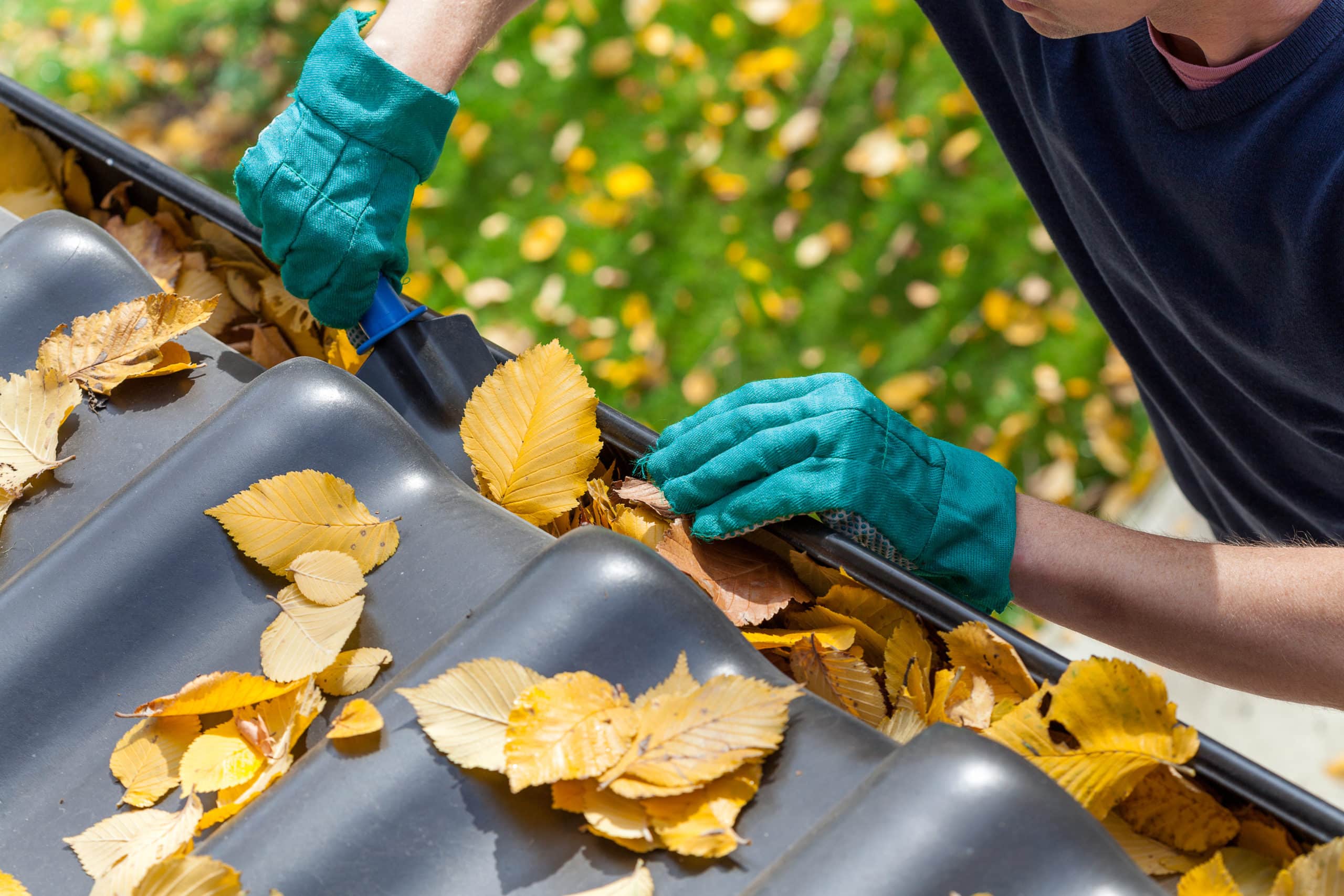The days are getting shorter, and you’ve replaced your shorts and sandals with hats and boots. Now’s the time to winterize your home and take steps to help improve its efficiency.
Here are a few simple ways to prepare for the cold, winter months ahead.
Do-It-Yourself, Fast
Not all home winterization requires a big budget. The experts who work with Bob Vila created a list of affordable, yet impactful, tasks that can be completed this weekend to get your house ready for the big chill. Some of these may already be on your “honey-do” list:
- Trim tree branches
- Change the air filters
- Flush the water heater
- Switch your ceiling fan to clockwise
- Install a programmable thermostat
- Pick up a chimney balloon (keeps the drafts out, and the heat in!)
- Clean your gutters & downspouts

Embrace Durability
While a number of winterization or home exterior projects are strictly functional, others have the added benefit of enhancing your home’s aesthetic. For instance, when it comes to railing materials for your deck or exterior stairs, you can expect that most will require annual maintenance and seasonal protectants to keep them in good order. However, Aluminum Cable Railing and Picket Railing systems from RailFX are engineered to stand up to winter’s harsh conditions and they’re virtually maintenance-free.
Available in a variety of finishes and styles, you can enjoy the beauty of your deck and have confidence that when the seasons change, your deck railing will look great and remain strong year after year.
Plug the Holes
Did you know that nearly 30% of a home’s energy consumption is in the heating of it? The good news is that according to these tips from the U.S. Department of Energy, we can save 10-20% on our heating (and cooling) bills just by sealing the areas where air leaks typically occur. Look for these common culprits:

The biggest cause of heat loss (35%) is drafty windows, doors and walls. If this year’s budget doesn’t allow for window or door replacement, then Popular Mechanics, recommends sealing these areas to prevent cold air from passing through to your home’s interior. Plug open seams, holes and cracks using caulk, weather stripping or an expanding foam sealant.
Uninsulated attics
The experts estimate that nearly 25% of heat loss occurs through the attic or roof a home. Start by checking to confirm that your attic and duct work is insulated and take note of the depth of the insulation. Then, visit the Insulation Institute – they’ve provided an informative guide to help you ensure that your home is properly insulated based on your region of the country. Insulation installation can be a DIY project, though you might want to search for a professional installer.
Basements and floors
Most houses have scarcely any insulation in the flooring or basement. An uninsulated, concrete basement will have less than 2% R-Value, which makes it a significant source of heat loss. Build with Rise shares these expert suggestions on how to insulate your basement (“like a pro”) to dramatically improve the energy efficiency of your home.
We’re here to help if you’re interested in learning more about RailFX railing solutions (or want to get a quote). If you’re looking for design inspiration, visit RailFX.net.

